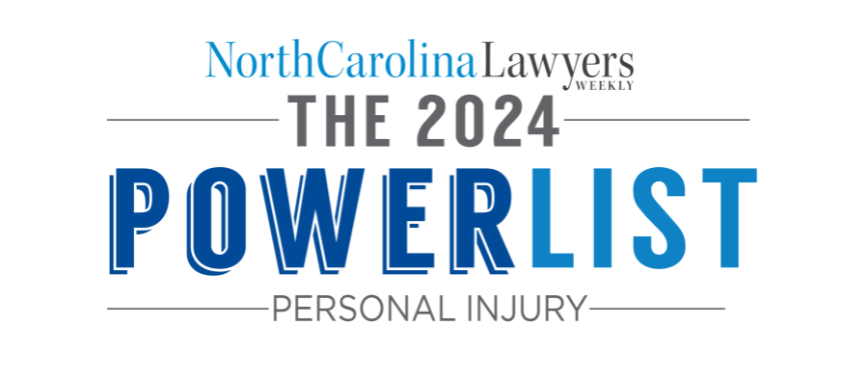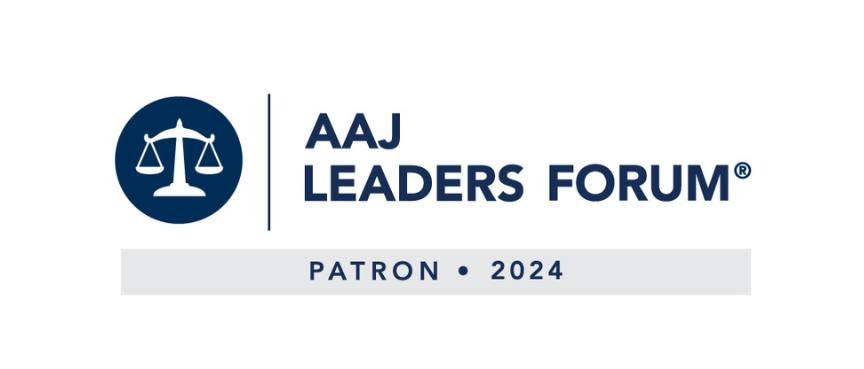Cases where a pedestrian is hit by a car are more difficult than many victims realize. Automobile insurance companies often use North Carolina’s harsh contributory negligence law to deny good claims. The rule can be a complete bar to any financial recovery. The insurance adjuster will say something along the lines of: “Yes, our driver was negligent for hitting you with their car, and we’re really sorry about that, but you were also negligent for not seeing him before crossing the street. We think a jury will find you contributorily negligent, so we just cannot justify paying you anything”. These insincere denials are based on one thing – the insurance company hopes you will walk away. Don’t. Let the North Carolina attorneys of Maginnis Law help you fight back against unfair insurance company denials of pedestrian injury cases.
Pedestrian right-of-way

The truth is that most pedestrian collision claims are the driver’s fault. Pedestrians usually have the right-of-way in North Carolina, as long as they are crossing the road in a marked crosswalk or within an unmarked crosswalk at an intersection. See N.C. Gen. Stat. § 20-174(a). If an intersection has no marked crosswalks, the “unmarked crosswalks” are where the marks on the road would go. As long as a pedestrian is crossing in a marked crosswalk or unmarked crosswalk, most wrecks are going to be solely the fault of the driver.
Contributory negligence
Of course, not all situations where a pedestrian is hit by a car happen in a marked or unmarked crosswalk. Even in these cases, though, the fault is often the driver’s. The truth is that more and more drivers are distracted in their vehicle. Driver’s often simply do not pay attention to the road. Maginnis Law has had success in representing plaintiffs who were not crossing in a marked or unmarked crosswalk. Even though the plaintiff in these cases may be “contributorily negligent,” there is an exception to that rule.
“Last clear chance” and liability
The “last clear chance” exception provides that even if the plaintiff placed him or herself in danger, if the driver should have had time to stop but did not do so, he or she can still be held liable. Recently, we represented a victim who was crossing a side street in rural North Carolina. She was not in a marked or unmarked crosswalk. The defendant came speeding around a corner, hit her violently with his vehicle, and then fled the scene. The insurance company blamed the wreck on our client. Even though the plaintiff was possibly negligent for crossing the street other than in an unmarked crosswalk, the defendant still had the “last clear chance” to avoid the wreck if he had just been acting reasonably and safe. Ultimately, we obtained the payment of all medical expenses, lost wages, and compensation for her physical pain and mental suffering.
We can help.
The attorneys of Maginnis Law have years of experience representing North Carolina pedestrians injured because of a driver’s negligence. Attorney Shawn Howard has helped multiple clients hit while crossing the road recover fair compensation for their injuries, including in cases where the insurance company denied liability or argued that it was the pedestrian’s fault. Maginnis Law offers free consultations to all prospective pedestrian injury clients. If we are able to help you with your case, we will agree to do so on a contingency fee basis, meaning that you owe no attorneys’ fees or court costs unless we recover money damages for you. You can reach Shawn Howard at (919) 480-8526. You may also submit the details of your pedestrian case using our contact page.






